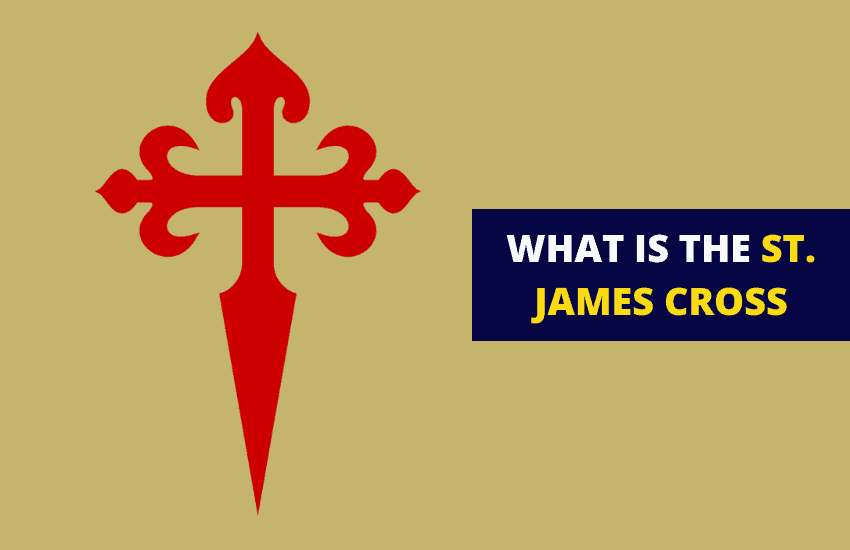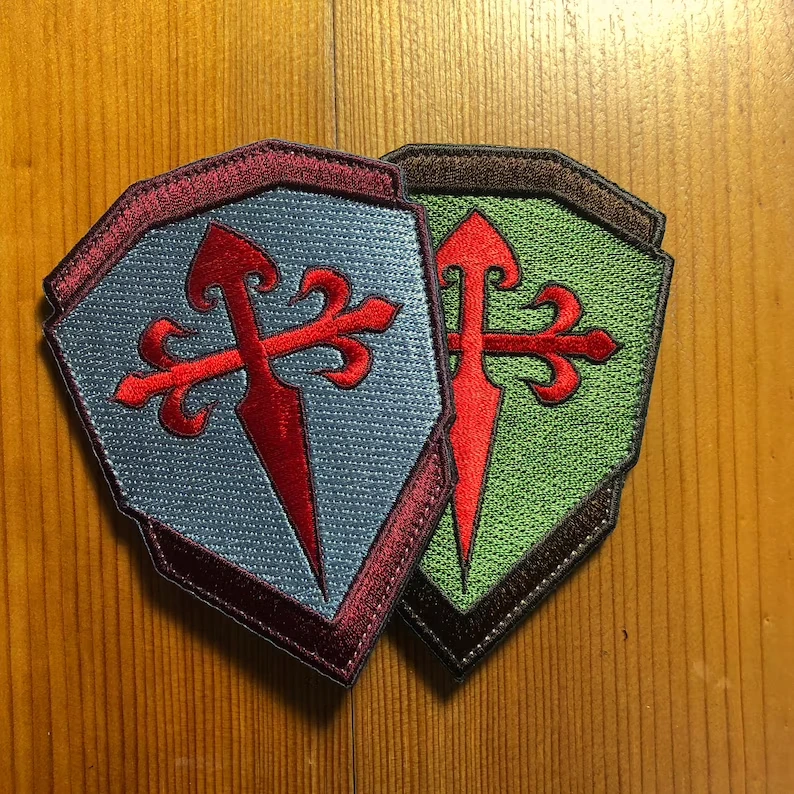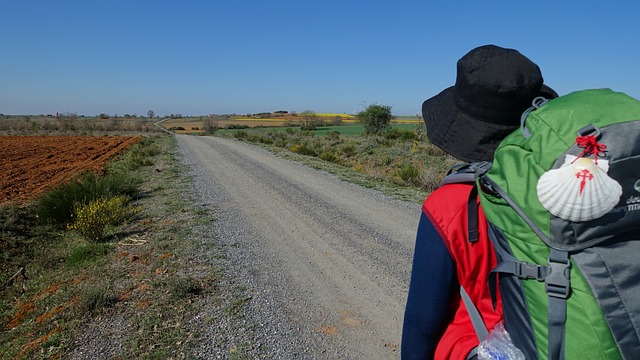
Table of Contents
The Christian cross may be a symbol of redemption and sacrifice but that hasn’t stopped some from making more war-like cross symbols.
Probably the biggest example of that is the famous St. James cross, also known as the Santiago cross or the Cruz Espada. So, let’s examine what the St. James cross is, how it looks, and what it means.
What is the St. James cross?

The St. James cross is named after Saint James or James the Greater – one of the original 12 disciples of Jesus Christ. Saint James was the second of Jesus’ disciples to die, the first being Judas Iscariot. Saint James was also the first to be martyred.
Because Saint James was beheaded with a sword, by the orders of King Herod, as described in Acts 12:1–2, the St. James cross is made to look like a sword.
This unique design is achieved by designing the lower end of the cross into a fitchy or fitchée, i.e., into a point. Some speculate that this originated because knights would carry small crosses with sharpened points with them during the Crusades, and would stick them in the ground as they did their daily devotions.
The other three ends of the cross have either fleury or moline designs, meaning that they tend to resemble the fleur-de-lis flower that is common in heraldry.
Significance to Spain and Portugal

The St. James cross, or the Santiago cross, is especially popular and beloved on the Iberian peninsula and can be seen on countless emblems, badges, flags, insignia, and more.
In fact, Saint James is referred to as the patron saint of Spain, even though the apostle never set foot anywhere near the Iberian peninsula according to the Bible.
The reason for that lies in history, or more specifically, in Spain’s national mythology. The story goes that sometime during the 9th century, the famous Battle of Clavijo took place somewhere
in the Galicia region of north-western Spain (just north of Portugal). The battle was between the Muslim Moors led by the Emir of Córdoba and the Christians led by Ramiro I of Asturias.
The legend goes that the Christians, who were vastly outnumbered by their Moor opponents, stood very little chance of emerging victorious until King Ramiro prayed to St. James for help and the saint appeared in physical form in front of the Christians and led them into battle and to an unlikely victory.
This legend is why Saint James is not only the patron saint of Spain but is also called Santiago Matamoros, i.e., “The Moor-killer”.
Historical Accuracy of the Legend

Is this legend actually historical and did this battle really take place? Every major contemporary historian gives a categorical “No”. Or, to quote the 1968-69 Diccionario de historia de España by Germán Bleiberg:
To a serious historian, the existence of the Battle of Clavijo is not even a topic of discussion.
Furthermore, does the Biblical account of Saint James have anything to do with militancy or the killing of Muslims or other non-Christians?
Also no – Islam as a religion didn’t even exist during the times of the New Testament. Yet, the Battle of Clavijo was regarded by the people of Spain and Portugal as a historical fact for so many centuries that, even though we know it to be just a legend today, Saint James and the St. James cross are still hugely significant for folks on the Iberian peninsula.
El Camino de Santiago and the Cross of St. James

One of the greatest walks in the world, El Camino, or the Way of St. James, is a pilgrimage to the Gothic Cathedral of Santiago de Compostela in Galicia, where the remains of St. James are believed to have been buried. This walk is so popular that it was second only to Rome and Jerusalem for Christian pilgrims.
So, what does this have to do with the St. James cross?
Medieval pilgrims who embarked on this long walk, which can take up to 35 days to complete, began the practice of taking a pastry decorated with the cross of St. James. Known as Tarta de Santiago, powdered sugar is used to create the cross of St. James as a decorative motif on the top of this traditional Galician dessert.
To protect the hundreds of pilgrims on El Camino, the religious and military Order of Santiago was founded. These knights wore capes with the cross of St. James emblazoned on them.
The cross is also used to mark the way on El Camino, often coupled with a Pilgrim’s scallop.
Wrapping Up
The Cross of St. James is heavy with history. It’s one of the most popular in Spain and Portugal and can be seen in various forms on El Camino. It’s one of the most unique and easily recognizable crosses in terms of its appearance, embodying elements of both religion and the military.








